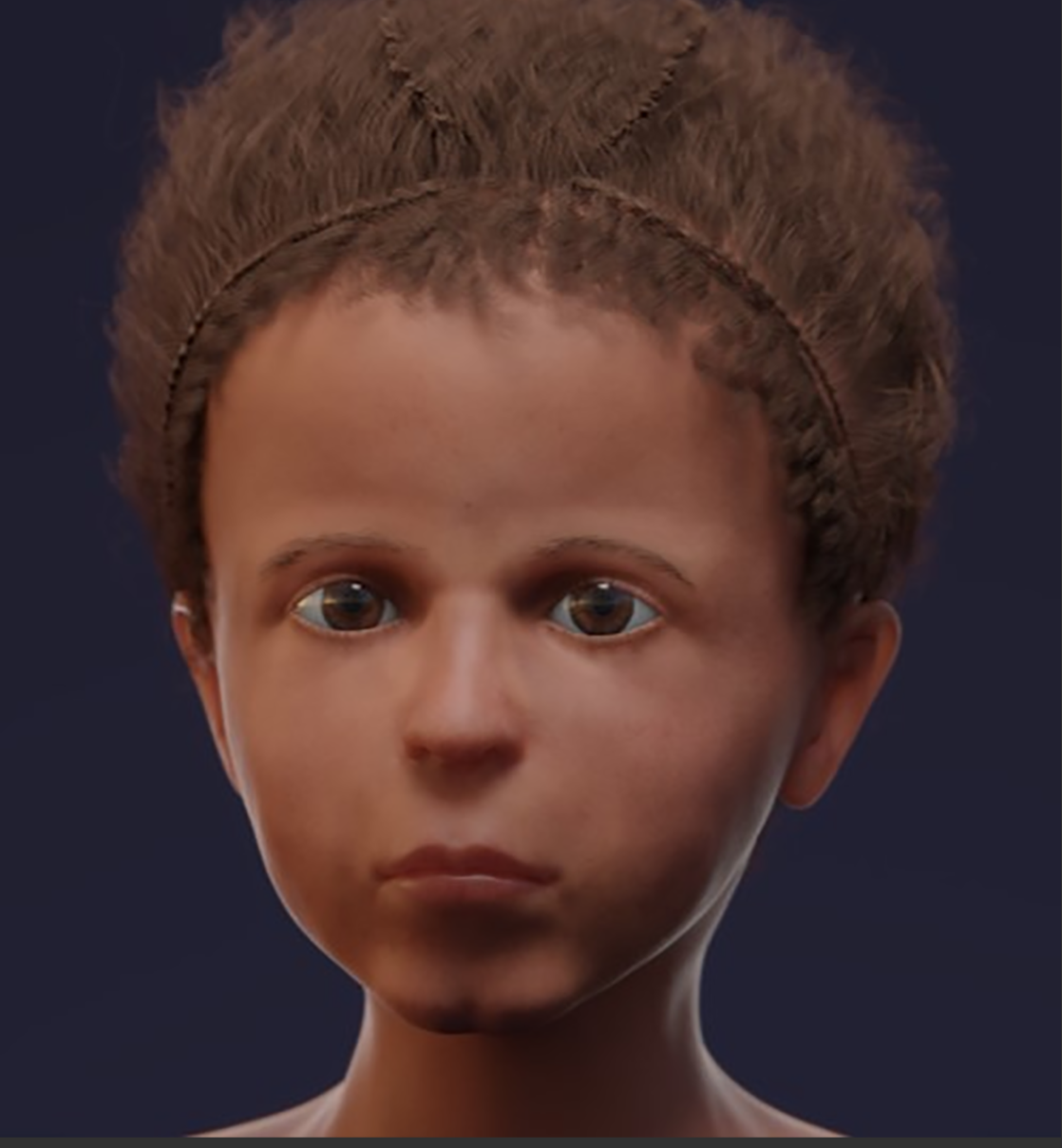Face of Egyptian child mummy who died thousands of years ago revealed

A young child who died in Egypt after the turn of the first millennium AD was the subject of a ‘mummy portrait’ in death - and now researchers have worked out how accurate it was.
‘Mummy portraits’ were part of death rituals in Egypt, with bodies having organs removed, then wrapped, then a portrait of the individual painted, according to Live Science.
A team of European scientists CT scanned the body and compared a 3D model with the portrait to see how accurate it was.
The researchers concluded that the image was so accurate it must have been painted soon after the child’s death.
The study comparing the mummy to the portrait is the first of its kind and is reported in the journal PLoS One.
Read more: Airborne laser scans find Mayan ‘megalopolis’ buried beneath the jungle
The researchers wrote: “In Graeco-Roman times in the Lower-Egyptian Fayoum region, a painted portrait was traditionally placed over the face of a deceased individual.
The tradition was popular from around the first century AD to the third century AD, Live Science reports.
Around 1,000 mummy portraits have been recovered from Egypt, but only about 100 are still attached to the mummy on which they were based.
The 30-inch long mummy is housed in Munich’s Egyptian museum.

“We investigated a completely wrapped young infant mummy with a typical mummy portrait by whole body CT analysis,” the researchers wrote.
Read more: Five mysterious abandoned cities - and why their occupants left
“This was used to obtain physical information on the infant and provided the basis for a virtual face reconstruction in order to compare it to the mummy portrait.”
The researcher found that the portrait was actually similar to the mummified body, just three to four years older.
“The reconstructed face showed considerable similarities to the portrait, confirming the portrait’s specificity to this individual. However, there are some differences.”
Read more: NASA imaging technology reveals ‘hidden script’ in Dead Sea Scrolls
Lead researcher Andreas Nerlich, director of the Institute of Pathology at the Academic Clinic Munich-Bogenhausen told Live Science, that the boy is so similar to his portrait that it “must have been prepared briefly before or after his death”.
He added that the portrait shows slightly “older” traits, which may have been the results of an artistic convention of that time.



